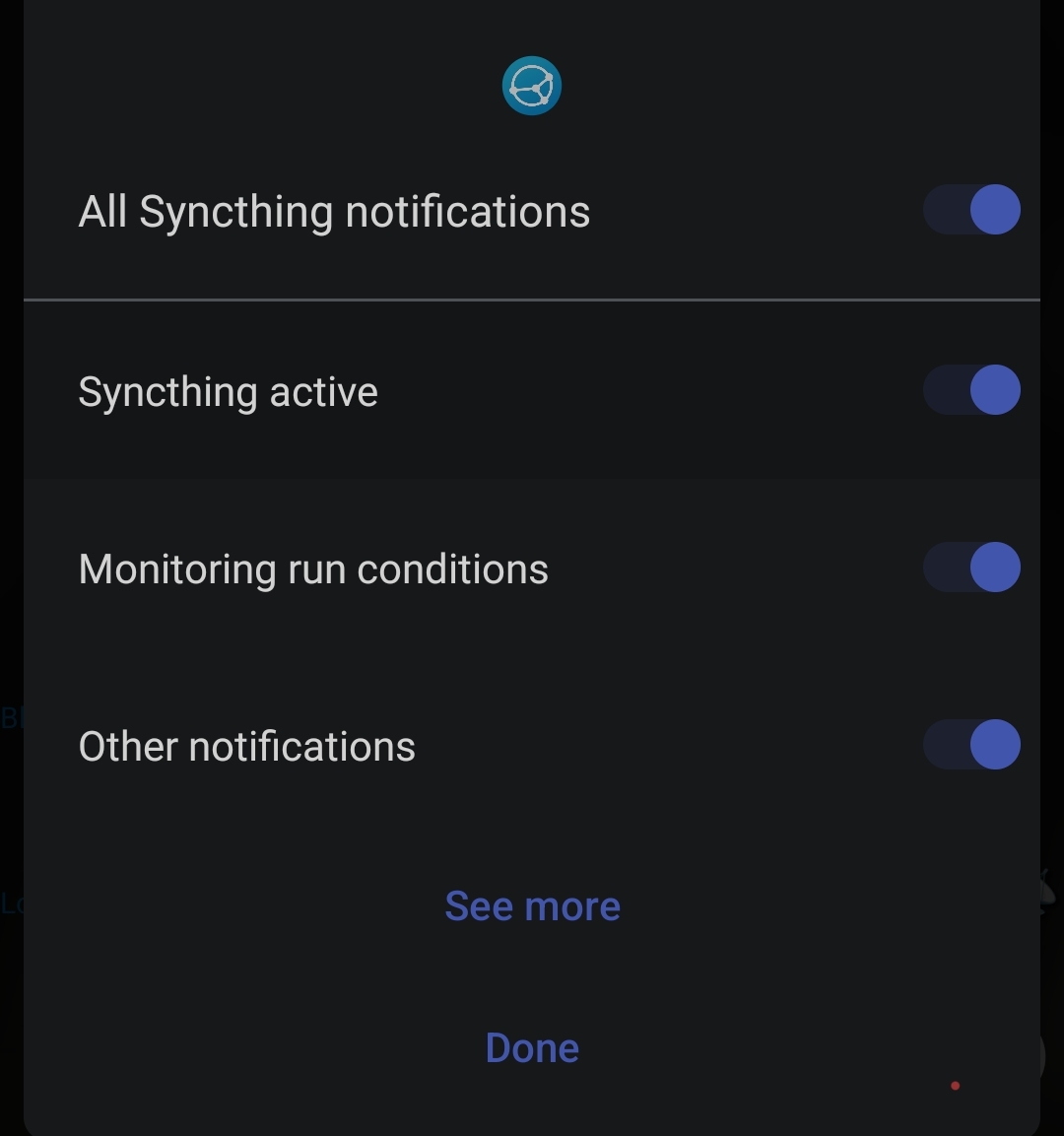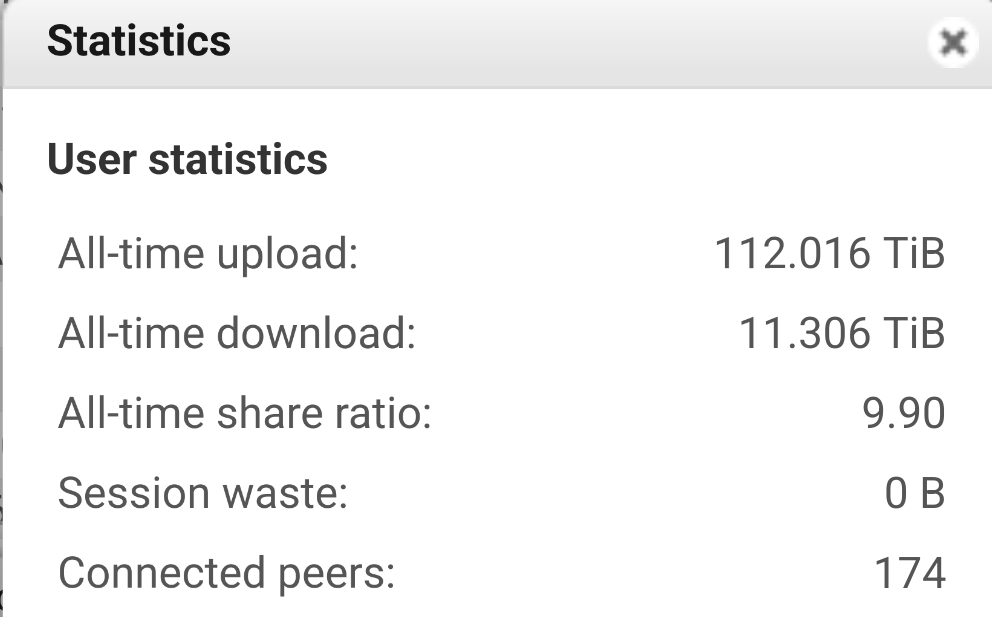

I know a VPS is a simple thing in theory but sometimes it’s a lot for a beginner.
A VPS paired with Docker may also unintentionally expose something not meant for the outside world due to it ignoring iptables and ufw


I know a VPS is a simple thing in theory but sometimes it’s a lot for a beginner.
A VPS paired with Docker may also unintentionally expose something not meant for the outside world due to it ignoring iptables and ufw


I set up Authentik for some of my services and it works.
The setup really threw me off but I powered through learning it. It’s a strange UI and process.
Basically you set it up with Nginx or Caddy or whatever reverse proxy you use. Your reverse proxy points to Authentik and Authentik takes that link and checks for authorization first. If not authorized, prompt login. If authorized, pass on to the subdomain or whatever it is.
To do all this, you’d need a domain.


Love my Racknerd VPS.
Edit: Some deals here

I think any issues would show in “other”
Just hide it in your OS notification settings


I self-host my own rustdesk server and it’s awesome. It just works flawlessly.


deleted by creator


I have a FLIRC remote with the receiver and use it for both my TV and HTPC.
It’s awesome once set up, but the app is honestly dogshit. They put in all these smooth menu transitions and whatnot, making it painfully difficult to configure the remote.



I’m almost to 10.00


So, once OS updates are unavailable, the machine might become a weak link from security standpoint or stop running some software.
That’s why I specified:
Double check before buying that it can be wiped and you can put Linux on it.


Yep, that’s what I started with. I had a 2014 Toshiba Chromebook with 16 GB storage and 2 GB memory.
It was my lil ssh/vnc machine for the longest time until the battery stopped working. I replaced it with a proper Thinkpad recently.


An old Chromebook sounds perfect.
https://www.ebay.com/sch/i.html?_nkw=Chromebook+10+inch
Looks like most of those are 11.6". Double check before buying that it can be wiped and you can put Linux on it.


I’d advise against pinetime as a sports watch because it doesn’t accurately track mileage or pace. I’m looking to replace mine eventually with a Garmin or something.


Never used a Pebble, sorry.


If you want simplicity and something between a smart and dumb watch, check out PineTime. The battery on mine lasts for about 8-10 days.
It has basic features like notifications, timers, and step counter. You can also customize the UI.


Also that whole channel is hilarious


Eh… I will probably go with a used 9th or 10th gen i7 or something. Intel still gets no money and I get a good CPU.


I mean, I can stream 4K HDR if the player supports the video format, but clients don’t always jive well with whatever Radarr decided. I know I can fine tune it but everything works well enough right now and I don’t have time to change it.
I move around too much to do colocation. A VPS/VM isn’t worth the cost to me. My server is all old parts and I don’t pay for power usage.


I need on-location transcoding because my internet is garbage (~50 mbps). Sometimes my users need to transcode the show if the bit rate of the file is too high for my internet to keep up.
Not for longevity. Oracle can shut it off in a blink for no reason